Inventory Management: EOQ, Profit Margin, and Asset Turnover
VerifiedAdded on 2023/06/17
|6
|613
|353
Homework Assignment
AI Summary
This assignment solution provides a detailed analysis of inventory management using the Economic Order Quantity (EOQ) model and key financial metrics. It begins by calculating the EOQ based on given annual demand, ordering cost, and carrying cost. The impact of increased lead time on reorder point and order quantity is assessed, along with its potential negative effects on sales and manufacturing. The solution further explores how changes in average demand and ordering costs influence the EOQ. The second part of the assignment involves calculating gross margin, total expenses, current assets, total assets, profit, profit margin, asset turnover, and return on assets using provided financial data. The strategic profit model is applied to determine the company's profit margin and assess the effectiveness of asset utilization in generating sales. The analysis concludes that the company has a good profit margin and efficiently uses its assets.
1 out of 6
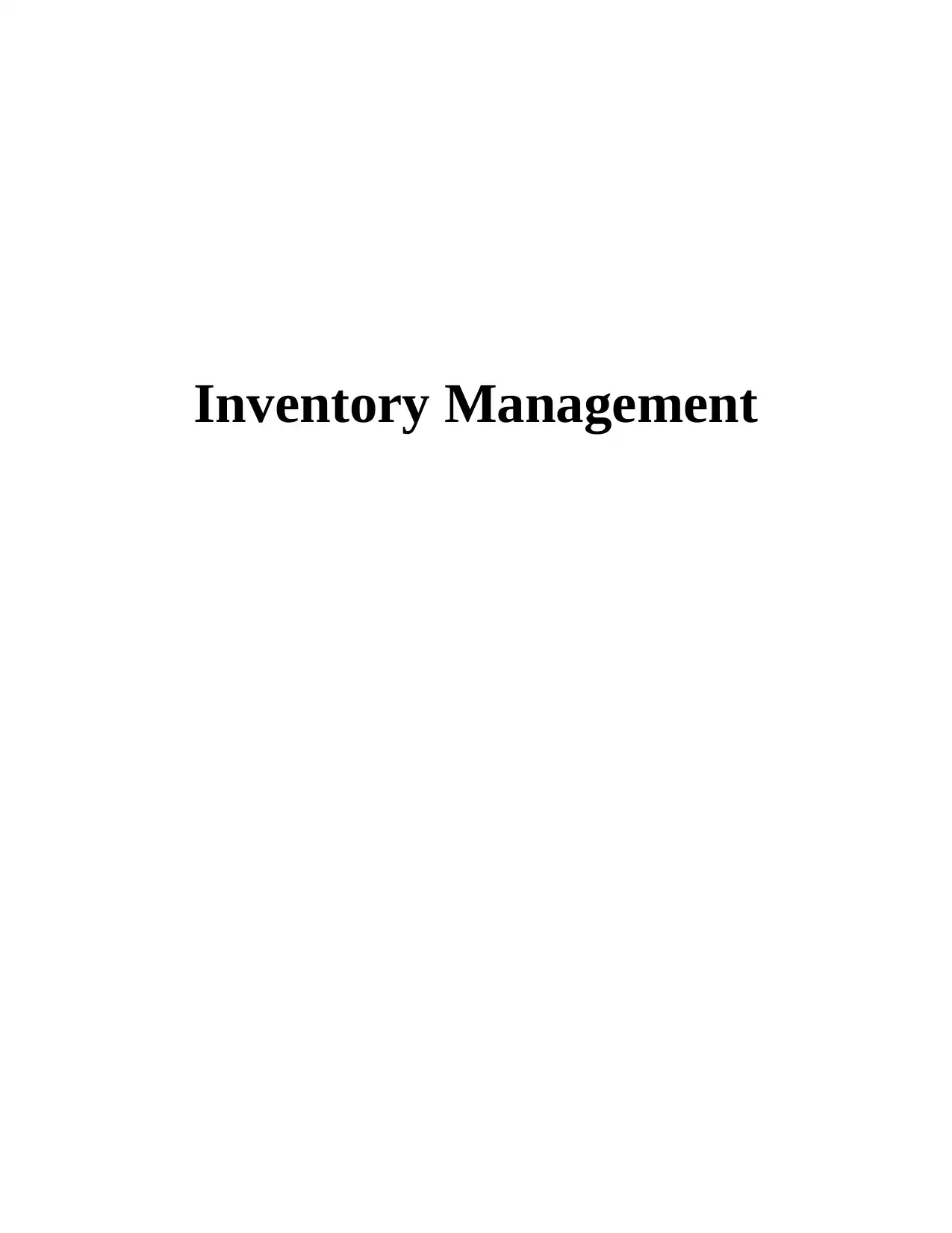
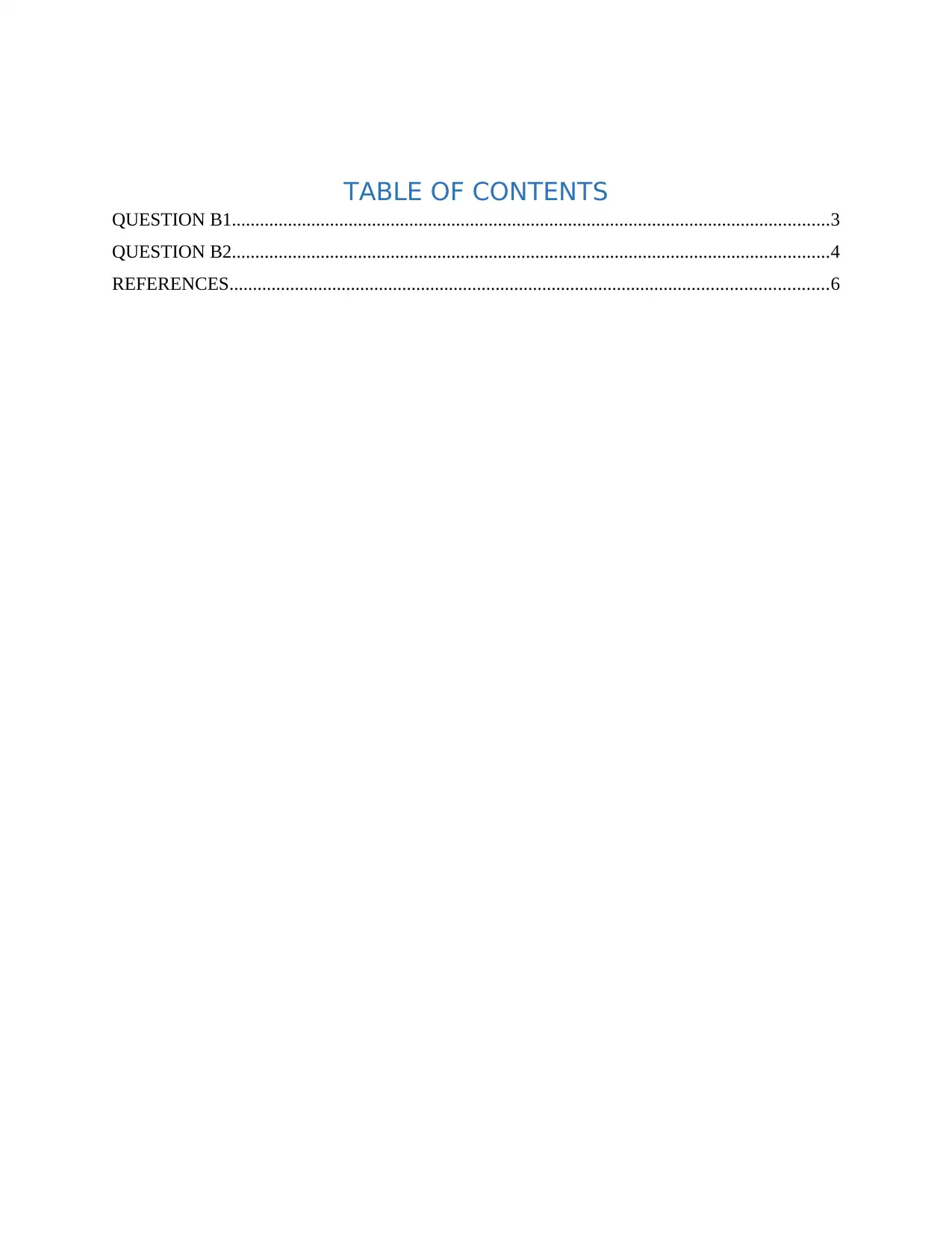
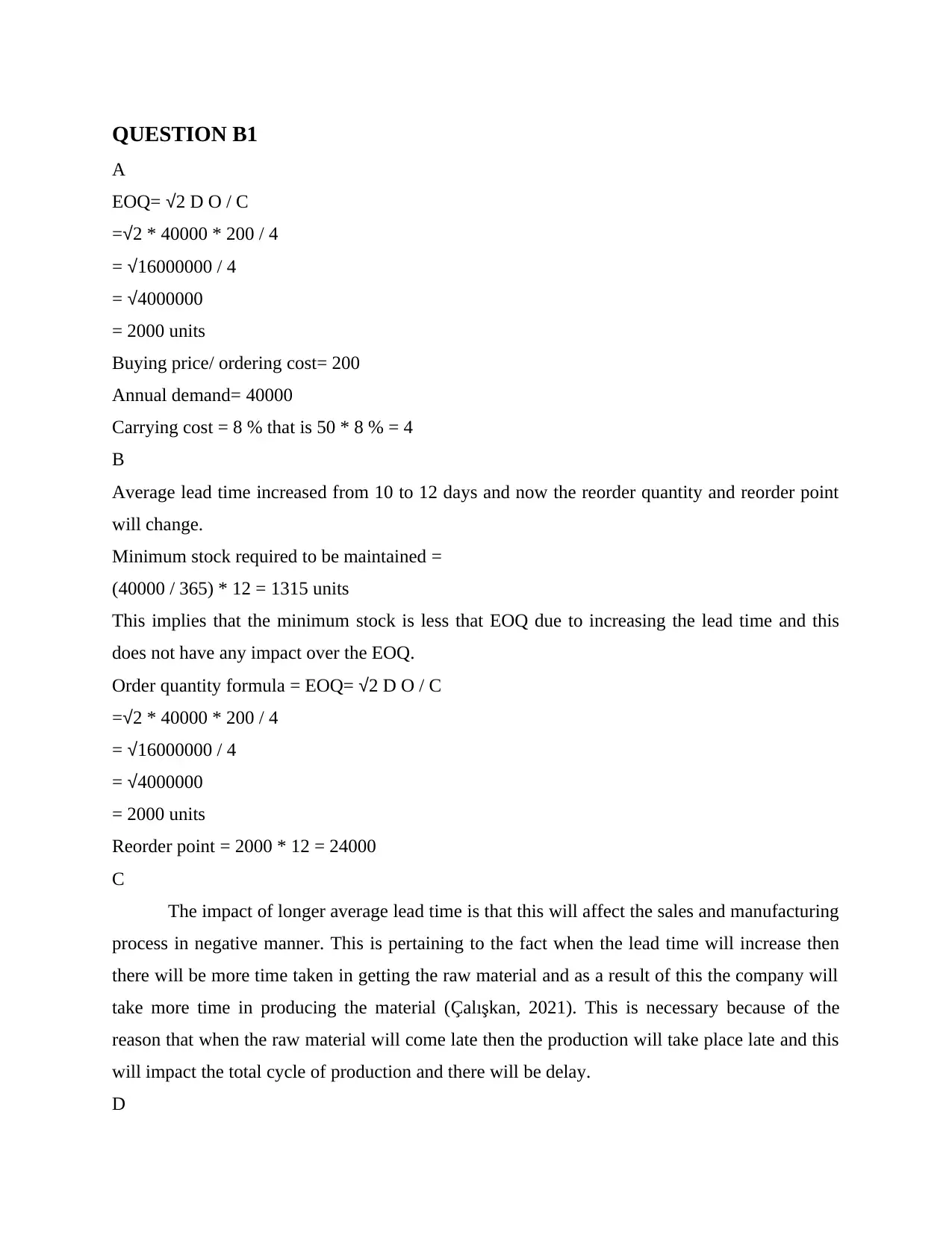

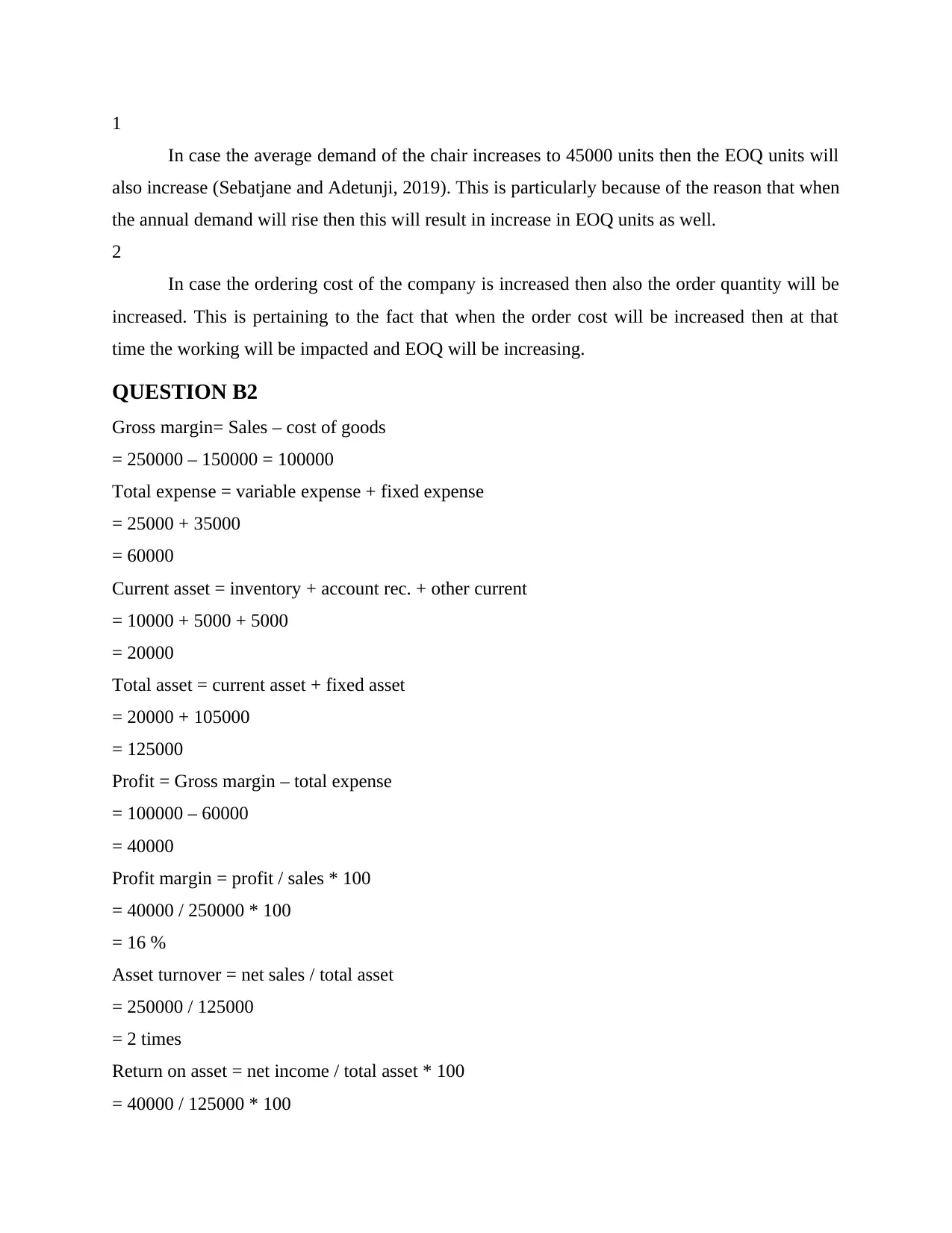
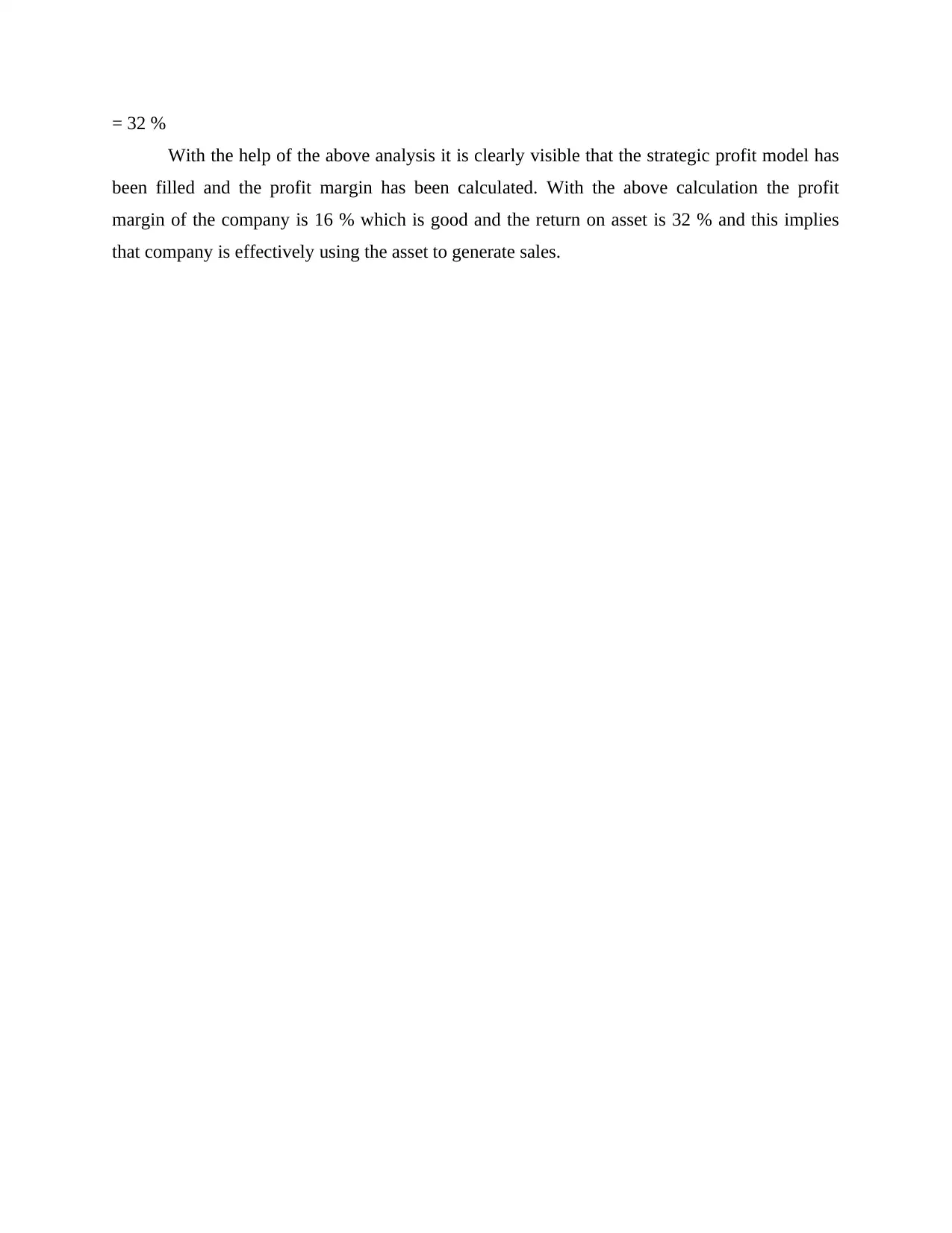
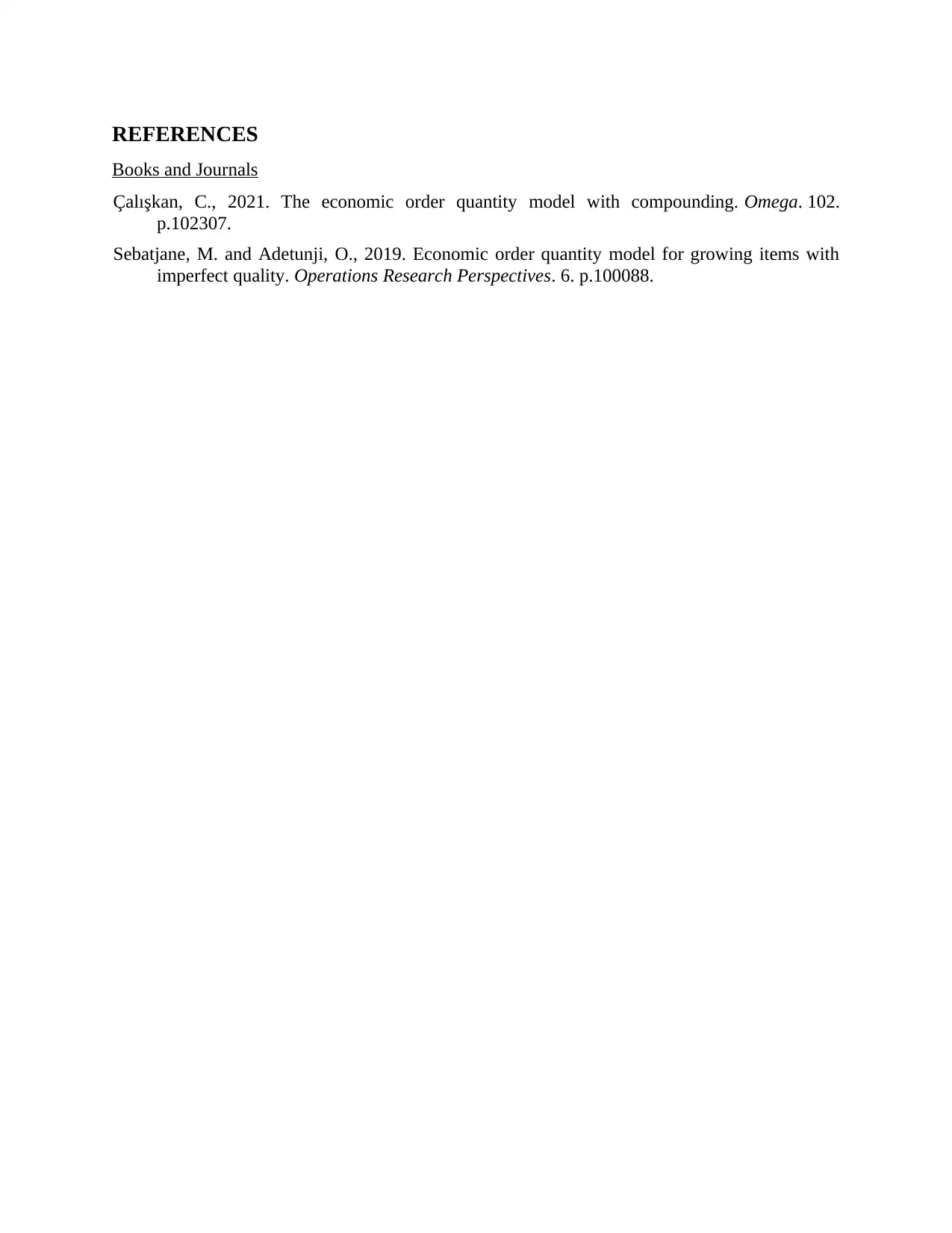




![[object Object]](/_next/static/media/star-bottom.7253800d.svg)